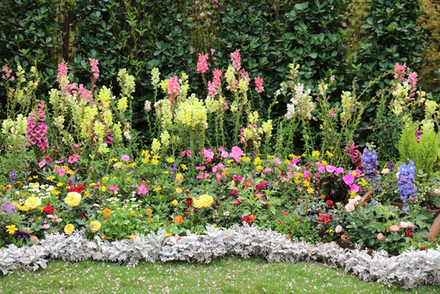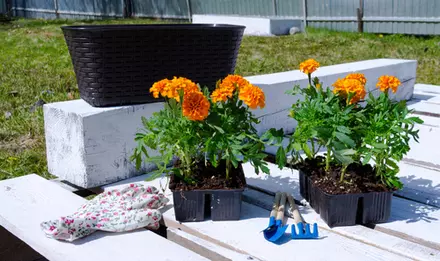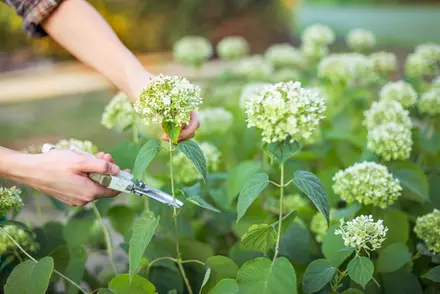Preparing Perennial Borders in Canada's Diverse Climates

As the Canadian landscape transitions from the crisp chill of winter to the promising warmth of spring, gardeners across the country are eager to get their hands dirty. Canada's vastness encompasses a variety of climates, with some provinces basking in earlier and warmer springs than others. This variation significantly influences when and how garden enthusiasts can begin to rejuvenate their perennial borders. Understanding your region's unique planting timeline is crucial, and consulting regional planting charts becomes an indispensable part of spring gardening preparations.
The Warmth Spectrum Across Canadian Provinces
In Canada, the onset of gardening season can vary dramatically from one province to another. Provinces like British Columbia often enjoy an earlier spring, thanks to their milder coastal climate, allowing gardeners to start their cleanup as early as late February or March. Contrastingly, in the prairies or the more northern parts of the country, the ground may remain frozen well into April or even May.
Knowing Your Zone
Before diving into garden cleanup and preparation, it's essential to identify your gardening zone. Canada is divided into several horticultural zones, each with its specific climate conditions. These zones guide gardeners on what and when to plant. Checking your regional planting chart, which takes these zones into account, can provide you with a tailored gardening schedule that maximizes your garden's potential.
Check Regional Planting Charts
Spring Cleanup Steps for Perennial Borders
Once you've determined the right time to start based on your provincial climate and gardening zone, it's time to focus on cleaning up your perennial borders. Here are some steps to guide you through this process:
- Remove Winter's Remnants
Start by clearing away any dead foliage, branches, and other debris that have accumulated over the winter months. This not only tidies up your garden but also prevents the onset of disease and pests.
- Assess and Prune
Early spring is an excellent time to assess the health of your perennials and prune any dead or damaged parts. This encourages healthier growth and shapes the plant for the coming season.
- Cultivate the Soil
Gently turn the soil around your perennials to aerate it, being careful not to disturb the roots of young plants. This is also an opportune time to work in some compost or organic matter to enrich the soil.
- Mulch for Moisture and Weed Control
Applying a layer of mulch around your perennials can help retain soil moisture and suppress weed growth. Ensure the mulch is not in direct contact with the plant stems to avoid rot.
- Plan for Succession Planting
To ensure a continuous display of color and texture in your perennial borders, consider succession planting. Intersperse early, mid-season, and late-blooming perennials according to the guidelines provided in your regional planting chart.
Utilizing Regional Planting Charts
Your regional planting chart is an invaluable tool in planning your gardening activities. It takes into account the local climate variations across Canada, providing specific advice on when to start seeds indoors, when to transplant seedlings outside, and when to direct sow outdoors. These charts also offer insights into the best planting times for various perennials, ensuring your garden remains vibrant and healthy throughout the growing season.
Check Regional Planting Charts
Understand the climate in your area
As the Canadian landscape awakens from its winter slumber, gardeners are presented with the opportunity to breathe new life into their perennial borders. By understanding the unique climate of your province and utilizing regional planting charts, you can tailor your gardening activities for optimal success. Early preparation and a keen eye on timing can transform your garden into a thriving, colorful oasis that celebrates the diversity and beauty of Canada's seasons.



